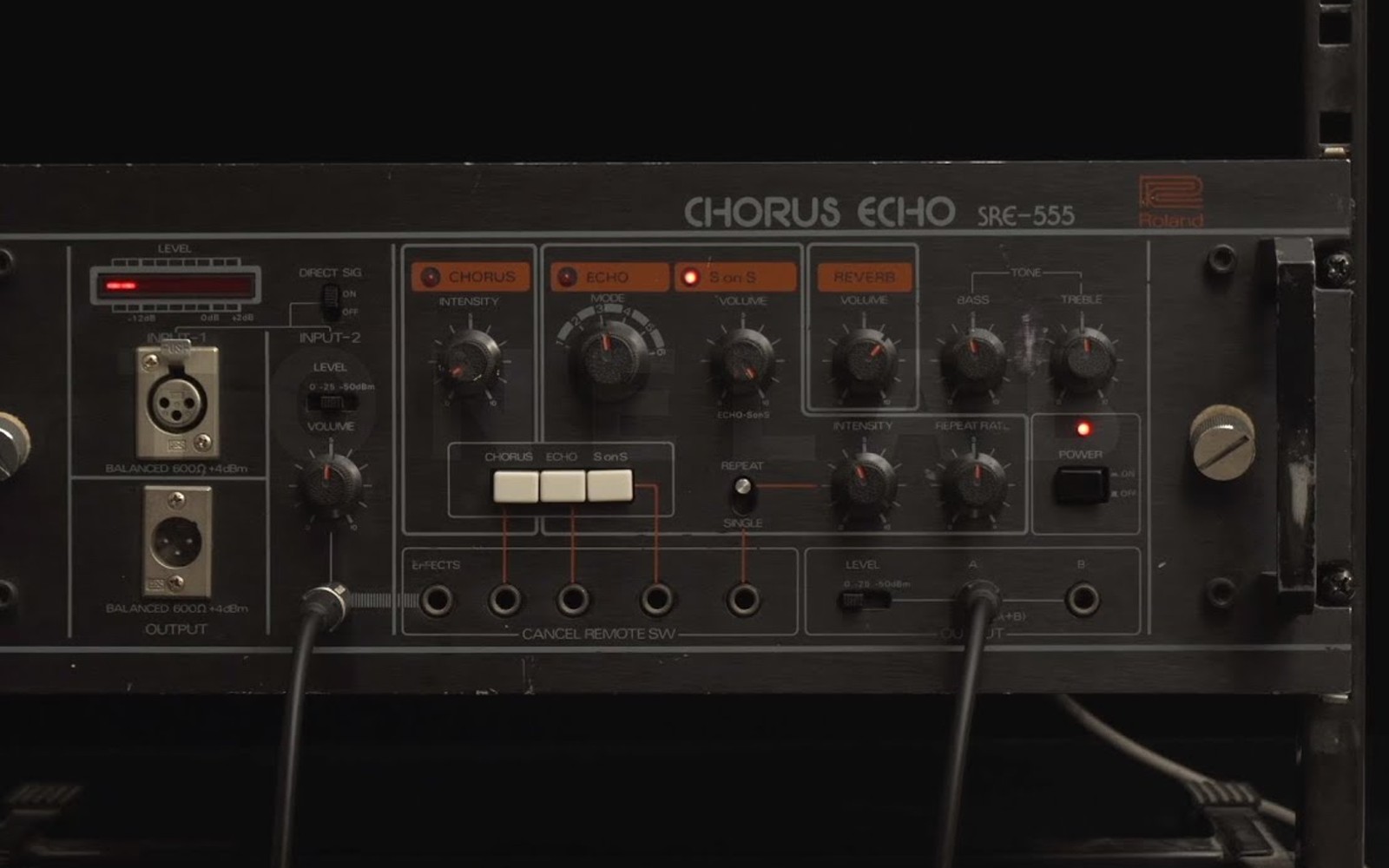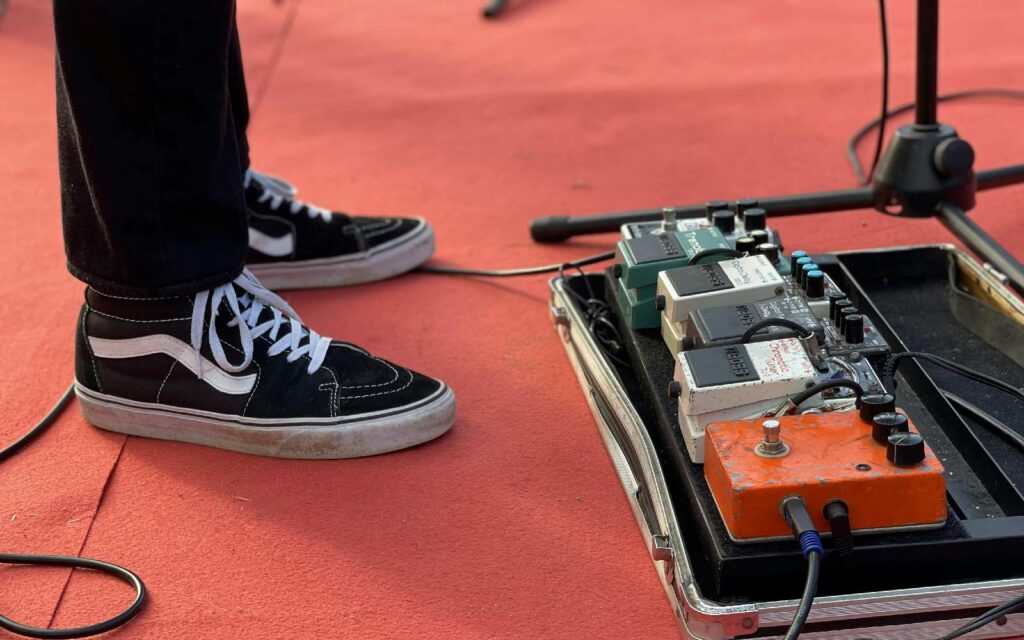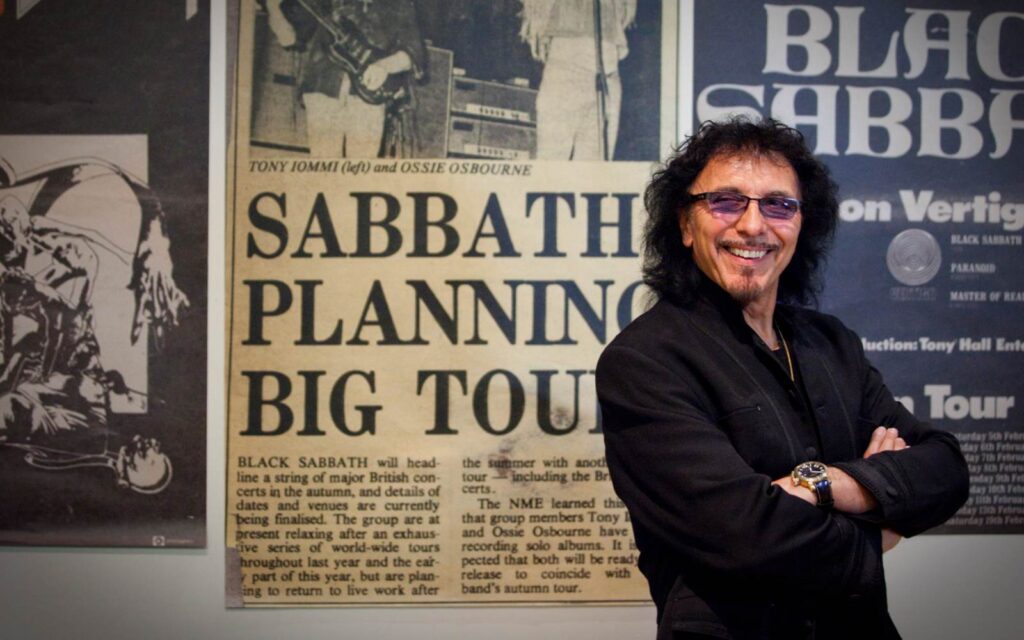And what these effects really do to your sound.
As well as being really fun to play with, modulation effects are a great tool to add movement, dimension and colour to your sounds. Their sounds can be heard on the biggest albums of modern music history, but having the freedom to slap a phaser on a drum-loop in Garage Band from the comfort of your bed is a relatively recent occurrence.
I thought I’d arm you with a little knowledge to help you better understand what’s happening to your audio, as well as the differences between the commonly confused Phaser, Flanger and Chorus effects. All three of these effects are based on duplicating your audio signal, but the difference lies with what’s done with that signal.
Read all the latest features, columns and more here.
Phaser
A phaser could be more accurately called a phase shifter, as it duplicates and moves your signal out of phase. As this shifted signal interacts with the original signal, due to phasing, it simultaneously cancels out and emphasises different frequencies, creating the ‘swoosh’ effect—like an additional wave surfing along your soundwaves.
To vary the frequencies emphasised in the cycle, phasers use an LFO (low frequency oscillator) to continually shift the point at which these wave-peaks occur, so that different frequencies are emphasised and de-emphasised at each pass. You might have seen phasers like Moog’s MF-103 pedal advertised as 12-Stage phasers. Each stage rotates the phase 180 degrees, so a 12-stage phaser will rotate the phase differently six times before it resets—great for a more organic sound, but more difficult to predict.
Chorus
The chorus effect was designed to make your single instrument sound like multiple ones. To achieve this, the effect duplicates your signal with a short and usually unnoticeable echo, the delay time is then modulated slightly by an LFO.
On analogue delay circuits, this creates a satisfying small pitch wobble—like speeding up/ slowing down a record—similar to hearing two players play the same part with ever-so-slightly different tuning. Chorus really shines on a stereo signal, creating a sound that tricks your ears into thinking it’s coming from various directions.
Flanger
The line between Flanger and Chorus is quite blurry as they essentially use the same mechanism for the effect—which is why you’ll commonly find units doubling as a chorus and flanger.
However, a flanger is traditionally a much more dramatic effect than chorus, utilising very short (1-10ms) delay times with an increased feedback on the echo, which puts it somewhere between a phaser and a chorus.
When combined with your original signal this creates multiple peaks and valleys on your soundwaves—known as comb filtering—travelling along them via an LFO. Kind of like a phaser on steroids basically, but best used sparingly as it’s quite an overbearing effect.
Want more EMP lessons? Read our advice on solving the eternal dilemma of choosing a mixer or audio interface.







